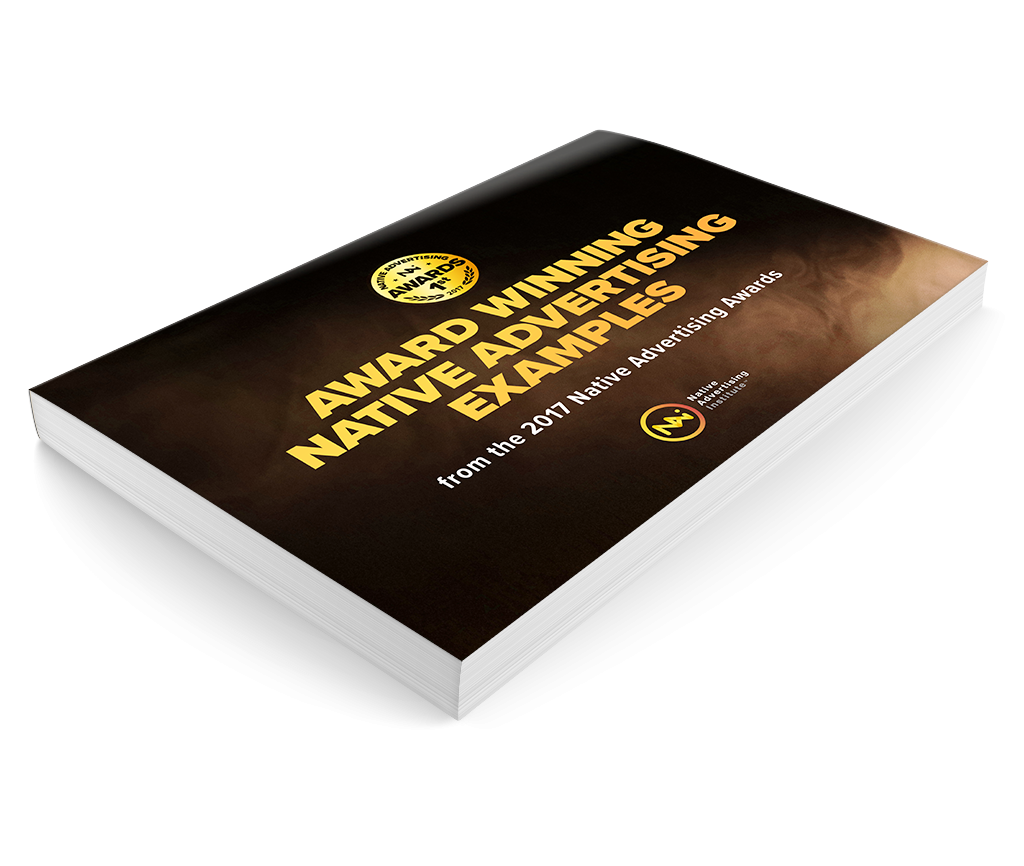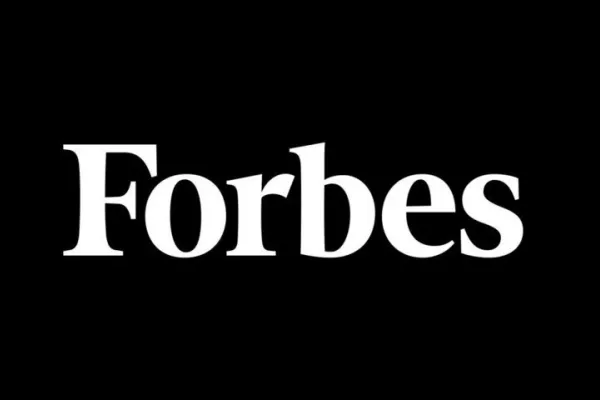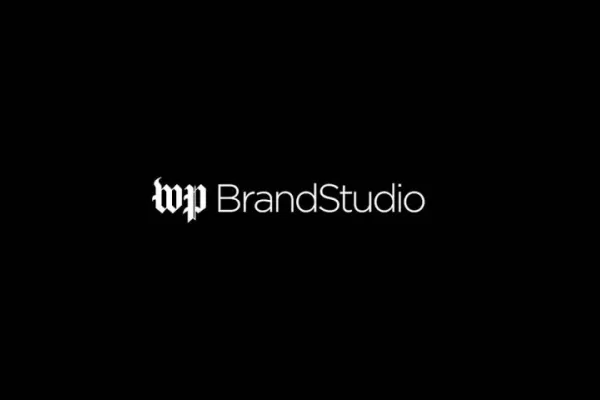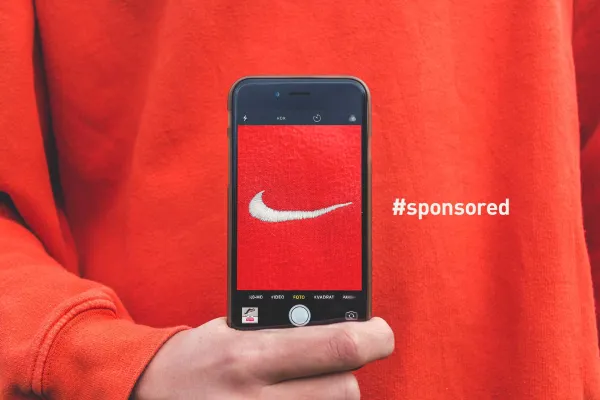 Details
Details
By David Osman
Co-Founder and CEO, Storygize
Connect
In the growing world of native advertising, it is increasingly important for marketers to understand their audience. This includes demographics, psychographics, geography, timing, media channels, and a variety of other indicators. This also means reaching the right audience, at the right time, with the right content. I’ve broken down some of the most important targeting categories for you below:
Make sure your content blends in with the original context of the content around it.
Context
One of the easiest ways to cater your native advertising strategy is by making sure your content blends in with the original context of the content around it.
Your ad should intermix with the natural flow of a user’s prescribed content. Precisely targeted campaigns allow marketers to introduce customers to advertising content that fits in with the organic user experience and interests.
Match their sharing and engagement habits with your content.
Audience
By understanding the likes, interests, and backgrounds of your prospective customers, you can precisely target your native advertising campaign with content that fits their unique personalities.
RELATED: 3 Things You Need to Know About Your Audience to Create Perfect Native Ads
This includes observing their web surfing habits, such as the types of headlines they’re likely to click on or the stories on their feed that they engage with most often. Match their sharing and engagement habits with your content.
Once you identify one category in your audience, you can use this to target similar clusters or lookalikes.
Identify when your existing audience is looking at your content.
Day-Parting
Day-parting is the idea that posting your content at certain times of the day will reach a bigger audience. For some sectors, this is an extremely valuable tool.
To utilize this tool, first, identify when your existing audience is looking at your content. You can also identify when your content is receiving the least views and use this as an opportunity to introduce a new campaign to grow traffic at this time.
RELATED: From Content Creation to A/B Testing: 5 Native Advertising Tips to Brands
In addition, you may consider weekday and weekend parting, if relevant to your business.
This can also be a cost-saving measure. Sharing content at peak times may be more expensive, but could bring you more traffic. On the other hand, sharing content at slow times of the day could be less expensive, yet still bring in traffic.
Customize your ad to fit the setting of your targeted location.
Geo-Location
This method of targeting calls for identifying the countries and states that your main audiences reside in. This is especially useful if your company has geographically determined sales territories.
RELATED: Geotargeting Is Not Enough When Creating Local Native Advertising
For example, if your company is selling blizzard safety kits, Southern California is probably not the best territory to target. Customize your ad to fit the setting of your targeted location.
Customize your content for accessibility on these different platforms.
Device
Another useful tool to consider when targeting your native advertising campaign is what type of device your audience will be viewing your content on. Whether this is a phone, tablet, or desktop, you can customize your content for accessibility on these different platforms.
For example, mobile native advertising can offer a huge advantage because of the intimate nature of a personal device. The average person takes their phone with them everywhere, checking it over 150 times a day (Mobile Marketing Association, 2016).
RELATED: How to Master Native Advertising in a Video Marketing Era
While this is a direct line to a consumer’s life, it also means marketers must be cautious not to post interruptive ads on mobile devices. Don’t use this tool as a way to bombard possible customers with ads, but rather as a unique opportunity to get the right ad in front of the right person.
You also want to keep in mind that while desktop, mobile, and tablet platforms all create different user interaction, it’s best not let preconceived notions about user purchasing behavior or consumption by device type skew your targeting.
Best practice is to target users across all device types and look beyond CTRs to the responses of your audience by device type. Breaking out targeting by device type may result in higher CPCs/CPMs, resulting in decreased efficiency and performance for campaigns.
It is crucial to understand what to say and when.
Timing the Customer Journey
It is also important to consider what stage of the purchase funnel your audience is currently in. This means recognizing that native advertising is not only useful for attracting new customers, but also for redirecting previous customers towards making a purchase.
Therefore, it is crucial to understand what to say and when. Consider offering possible customers valuable informational content before offering sales content.
RELATED: 7 Essentials for a Successful Native Advertising Campaign
Remember that while advanced targeting can allow you to locate a specific audience, the more specific your criteria is, the smaller your audience becomes for hitting your KPIs. Take this into consideration when defining your targeting parameters.
This article was originally published on Storygize.com and is reprinted here with permission.
Need more inspiration? Download our ebook "Award-Winning Native Advertising Examples 2017"




